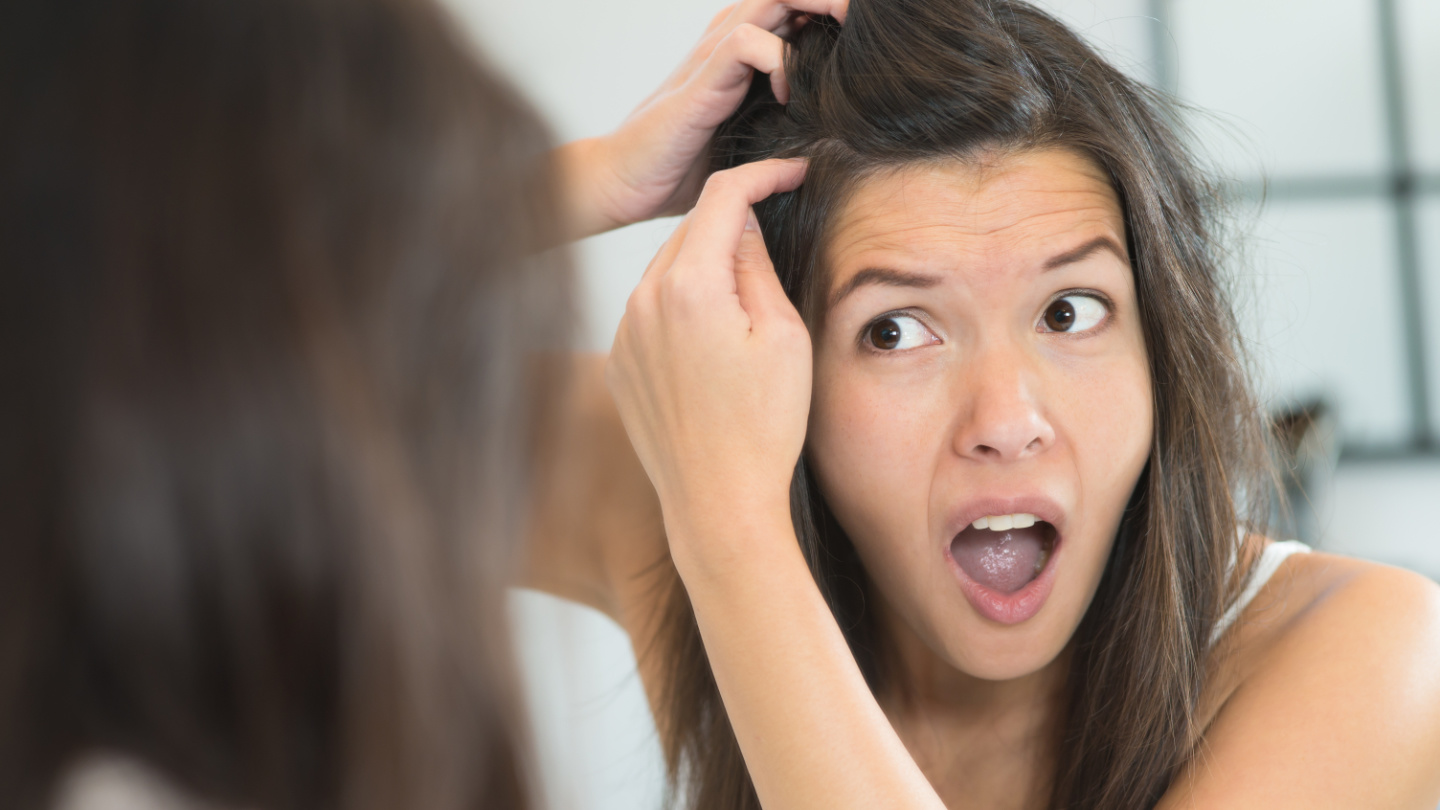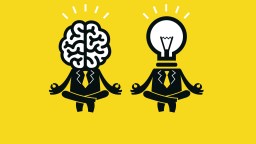Stress
As a new industry emerges, therapists need to be educated.
A Penn State study finds today’s middle-aged are experiencing much higher stress levels than 30 years ago.
It’s not just an old superstition — it’s your stressed-out brain.
Can dirt help us fight off stress? Groundbreaking new research shows how.
Stress affects everyone, but there’s something you can do about it.
The secret to a calmer trip to work could be hidden in plain sight.
Does money, even when borrowed, make us happier – or does the state of owing money add to our dissatisfaction and stress?
Consider stress junk food for your brain, while meditation is the gym that can repair and reshape you after years of a bad brain diet.
▸
7 min
—
with
We know that body language reveals a lot. But language is an even bigger tell if you know what to look for.
When you’re in the hospital, doctors might call the shots on the big decisions, but the quality of your stay is extremely dependent on nurses—particularly their competence and compassion. But what if your nurse just doesn’t have time for the compassionate part of caring for you?
Your mind doesn’t run parallel tasks, it has to trade off one focus for another. The good news is that mindfulness meditation can hone your attention span, and reduce stress and anxiety.
▸
6 min
—
with
A new study suggests that buying time-saving services leads to increased happiness.
A new study finds that talking to yourself in the third person may help deal with stress.
Health psychologist Kelly McGonigal discusses a three-step process to shift your mindset when anxiety creeps in.
The stress we take on at work now will surely pay off in retirement, right? Well, brace yourself.
RIP to the 9 to 5 work day. Kathryn Minshew (CEO of career directory platform The Muse) is pro-unlimited vacation time and offers her employees a 1-month paid sabbatical after five years. How can we all live this dream?
▸
5 min
—
with
Bad days, break-ups, or stress-filled meetings may have you craving some comfort food to ease your anxiety. But don’t reach for that chocolate bar just yet.
















